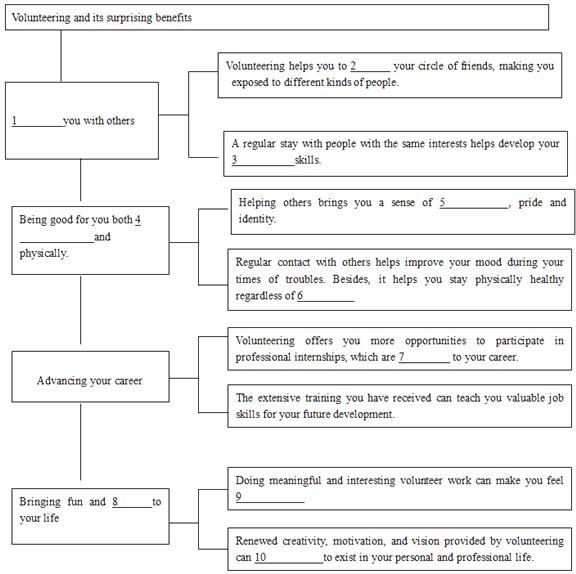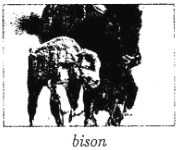��Ŀ����
����Ŀ�����ĸĴ�
�ٶ�Ӣ�������ʦҪ��ͬ��֮�佻�������ģ���������ͬ��д���������ġ����й���10�����Դ���ÿ���������������ÿ��������漰һ�����ʵ����ӡ�ɾ�����ġ�
![]() ���ӣ���ȱ�ʴ���һ��©�ַ��ţ� ��������������д���üӵĴʡ�
���ӣ���ȱ�ʴ���һ��©�ַ��ţ� ��������������д���üӵĴʡ�
ɾ�����Ѷ���Ĵ���б�ߣ��ܣ�������
�ģ��ڴ��Ĵ��»�һ���ߣ����ڸô�����д���ĺ�Ĵʡ�
ע�⣺1��ÿ���������ľ���һ�ʡ�
2��ֻ������10�������ߣ��ӵ�11���𣩲��Ʒ֡�
Mistakes are something did, said or believed, as a result of wrong thinking or understanding, lack of knowledges or skills. No one is perfect, but no one makes no mistake. Because many people are afraid of making mistakes, we don��t believe, say or do much. They behaved like this just because they want to make no mistake. As I said, it��s impossible. Being afraid of making mistakes is mistake itself. Only through mistakes can there be discover or progress. Making mistakes for seeking truth is much more better than doing nothing. Mistakes are the best teachers which guide us through difficulties. Don��t let mistakes scare you. Let��s learn on mistakes.
��1����2����3����4����5��
��6����7����8����9����10��
���𰸡�
��1��did -- done
��2��knowledges-- knowledge
��3��but --- and
��4��we --- They
��5��behaved --- behave
��6��is mistake --- is a mistake
��7��discover --- discovery
��8��ȥ��more
��9��which --- that/who
��10��on --- from
�����������������û�����������ģ�ÿ���˶��᷸�������Dz�Ҫ���·�����Ҫ�Ӵ����гɳ���ѧ��������
��1��did �C done���鶯�ʡ��˴����������ʱ̬����did �C done
��2��knowledges��knowledge�������ʡ�knowledge�Dz��������ʣ��õ�������knowledges��knowledge
��3��but --- and�������ʡ����⣺û�����������ģ�û���˲������˴������У���but --- and
��4��we --- They ������ʡ�ǰ�������ǵ����˳�many people�����Ժ��������Ӧ����They����we --- They
��5��behaved --- behave���鶯�ʡ��˴���һ������ʱ�����Զ�����һ������ʽ����behaved --- behave
��6��is mistake --- is a mistake����ڴʡ����⣺���·�����������һ������is mistake --- is a mistake
��7��discover --- discovery�������ʡ��� progress�γɲ��й�ϵ��progress�����ʣ����Դ˴������ʣ���discover --- discovery
��8��ȥ��more����Ƚϼ���much�����β��������ʵģ�Ҳ�������αȽϼ��� more���������αȽϼ�����ȥ��more
��9��which --- that/who�����ϵ�ʡ����д���teachers�����ˣ���which --- that/who
��10��on --- from�����ʡ�learn from��...ѧϰ�����⣺�����ǴӴ����гɳ�����on --- from




